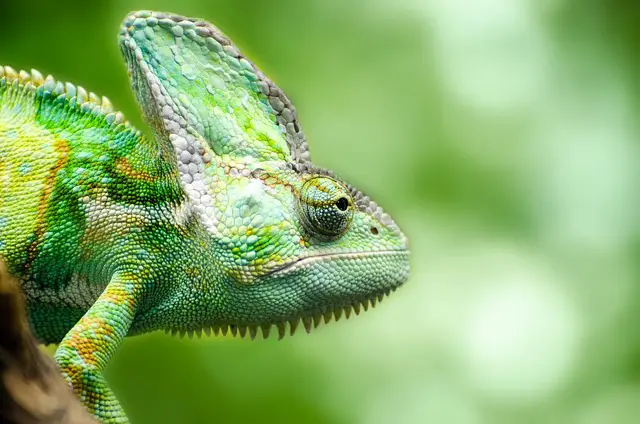If you have ever seen a lizard basking in the sun, you may wonder what happens if it gets too hot. Lizards are cold-blooded animals, relying on external heat sources to regulate their body temperature. While they can tolerate a wide range of temperatures, there is a limit to how much heat they can handle.
When a lizard gets too hot, it may experience heat stress, leading to various symptoms. These can include lethargy, loss of appetite, dehydration, and even death in severe cases. Understanding how lizards regulate their body temperature and the signs of heat stress can help keep your pet lizard or any wild lizards in your area safe and healthy.
Body
The Effects of Heat on Lizards
A lizard can suffer from various adverse effects when it gets too hot.
One of the most common is dehydration. Lizards are cold-blooded animals, relying on their environment to regulate their body temperature. If the temperature gets too high, lizards will lose water through evaporation. This can quickly lead to dehydration, which can be fatal if left untreated.
In addition to dehydration, heat can cause various other problems for lizards. For example, it can cause their organs to shut down, leading to organ failure and death.
It can also cause their blood to become too thick, making it difficult to circulate oxygen throughout their body.
Lizard’s Defense Mechanisms Against Heat
Lizards have a variety of defense mechanisms that help them cope with heat. One of the most important is their ability to regulate their body temperature by changing their behavior
. For example, they may move to a cooler area or bask in the shade to avoid overheating. They may also change their posture to expose more or less of their body to the sun.
In addition to behavior, lizards have physical adaptations that help them cope with heat. For example, some species have specialized scales that reflect sunlight, while others can sweat through their skin to cool down.
What to Do When a Lizard Gets Too Hot
If you encounter a lizard that appears to be overheating, you can do a few things to help. The first is to move it to a cooler area, such as a shaded spot or a cooler part of the room. You can also offer it a shallow dish of water to drink from or mist it with a spray bottle to help cool it down.
It’s important to note that you should never force a lizard to drink water, as this can cause it to inhale and drown. Instead, let it drink on its own if it wants to.
If the lizard appears severely dehydrated or shows signs of organ failure, it’s essential to seek veterinary care as soon as possible.
Conclusion
A lizard can suffer heat exhaustion, dehydration, and even death when it gets too hot. This is because lizards are cold-blooded animals, relying on their environment to regulate their body temperature.
It is essential to provide lizards with a suitable habitat with a temperature gradient, so they can move to different areas to regulate their body temperature. Providing shade, water, and a misting system can also help keep lizards cool and hydrated.
If a lizard is showing signs of overheating, it is essential to take immediate action to cool it down. This can include moving the lizard to a cooler area, misting it with water, or placing it in a shallow container of cool water.
Overall, it is essential to be aware of the signs of overheating in lizards and take steps to prevent them from happening. With proper care and attention, lizards can thrive in captivity and live long healthy lives.




